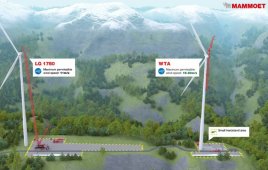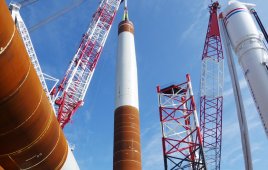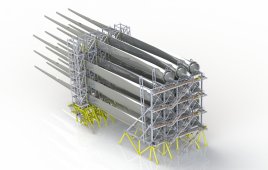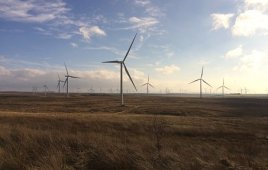This article comes from Robroy Enclosures, a subsidiary of Robroy Industries.
1 Protection from corrosion and environmental damage
Non-metallic enclosures provide superior corrosion and chemical resistance compared to metallics, such as aluminum and painted or galvanized steel, and are very comparable to that of stainless steel. With non-metallics, enclosure maintenance is virtually eliminated.
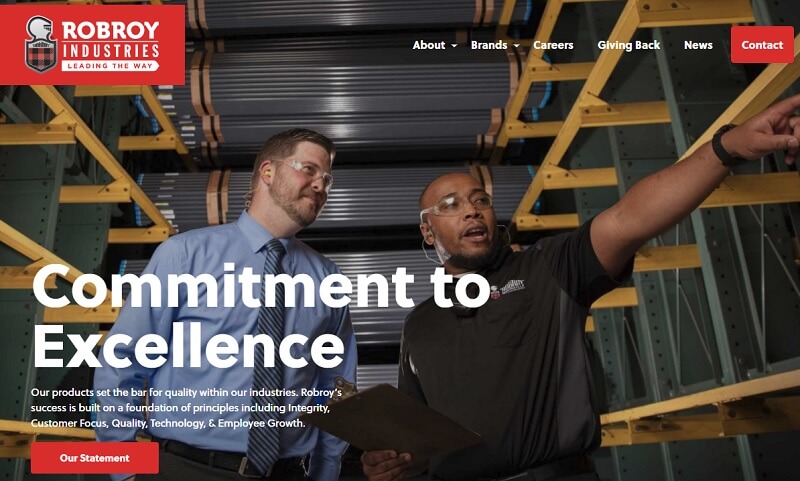
There are still non-metallic enclosures totally manufactured in the USA that maintain a balance between appealing aesthetics and stringent physical property performance standards.
2 Cost-effectiveness
Non-metallic enclosures are significantly more cost-effective than stainless steel (By as much as 40% percent less) and are very competitive with other metallics.
3 Durability
Thermoplastic enclosures have a low weight / high strength characteristic that make the enclosures easy to install and durable. Strength measures the resistance of a material to failure, given by the applied stress (or load per unit area, tensile and compression). Strength is a measure of the material’s ability to withstand stretching or compressing under load. On the other hand, the material’s toughness is its ability to withstand sudden impacts.
Increasing strength, tensile or compression, usually decreases toughness and vice versa.
Whereas steels often have high strength, they exhibit low toughness that means they dent easily and are difficult to drill or penetrate. Thermoplastics and thermosets (composites) exhibit average strength but high toughness. This means that they can withstand sudden impact and maintain their shape in renewable applications.
4 Protection from degradation
In addition to proven protection from weathering and environmental impacts such as dust and moisture, some non-metallic enclosures are molded from a unique compounding formula available on the market -SolarGuard®.
SolarGuard is a patented non-halogenated fiberglass system that beats the effects of outdoor exposure, plus it provides outstanding chemical and flame resistance. SolarGuard outperforms other available SMC formulations by as much as 60% in its ability to retain gloss and color after exposure to concentrated UV light.
SolarGuard is also able to reduce the effects of UV degradation such as surface roughening and fiber blooming. SolarGuard meets the NFPA No. 101 Class A flame spread index. Fire retardancy, achieved through the use of alumina trihydrate fillers, meets UL94-5V standards—an important aspect of enclosure protection, especially in remote installations.
5 Diversity of enclosure choices that meet the needs and standards of renewable energy markets
Robroy Enclosures’ fiberglass enclosures provide an extensive in-stock line of freestanding, wall mount, indoor/outdoor, junction and other non-metallic enclosures and accessories available to meet all needs and standards required for applications within the renewable energies market including:
UL/cUL 50/50 E, Types 1, 3R, 4X, 6P, 12
UL File Number E64358
CSA Std C22.2- File LR69014 Types 1, 3R, 4X, 6P, 12
NEMA Standard 250 – Types 1, 3R, 4X, 6P, 12
Temperature Ranges from (-76°F to +274°F) (-60°C to +134°C)
Flammability Rating- UL94-5V (#E81860)
IEC 60529 • IP66 • IP68
Window flammability- UL94V-HB
6.) “Made in the U.S.A.” manufacturing leadership
There are still non-metallic enclosures totally manufactured in the USA that maintain a balance between appealing aesthetics and stringent physical property performance standards including NEMA 4X and NEMA 6P integrity for completeness of protection of internal components from external elements.
Filed Under: Construction

